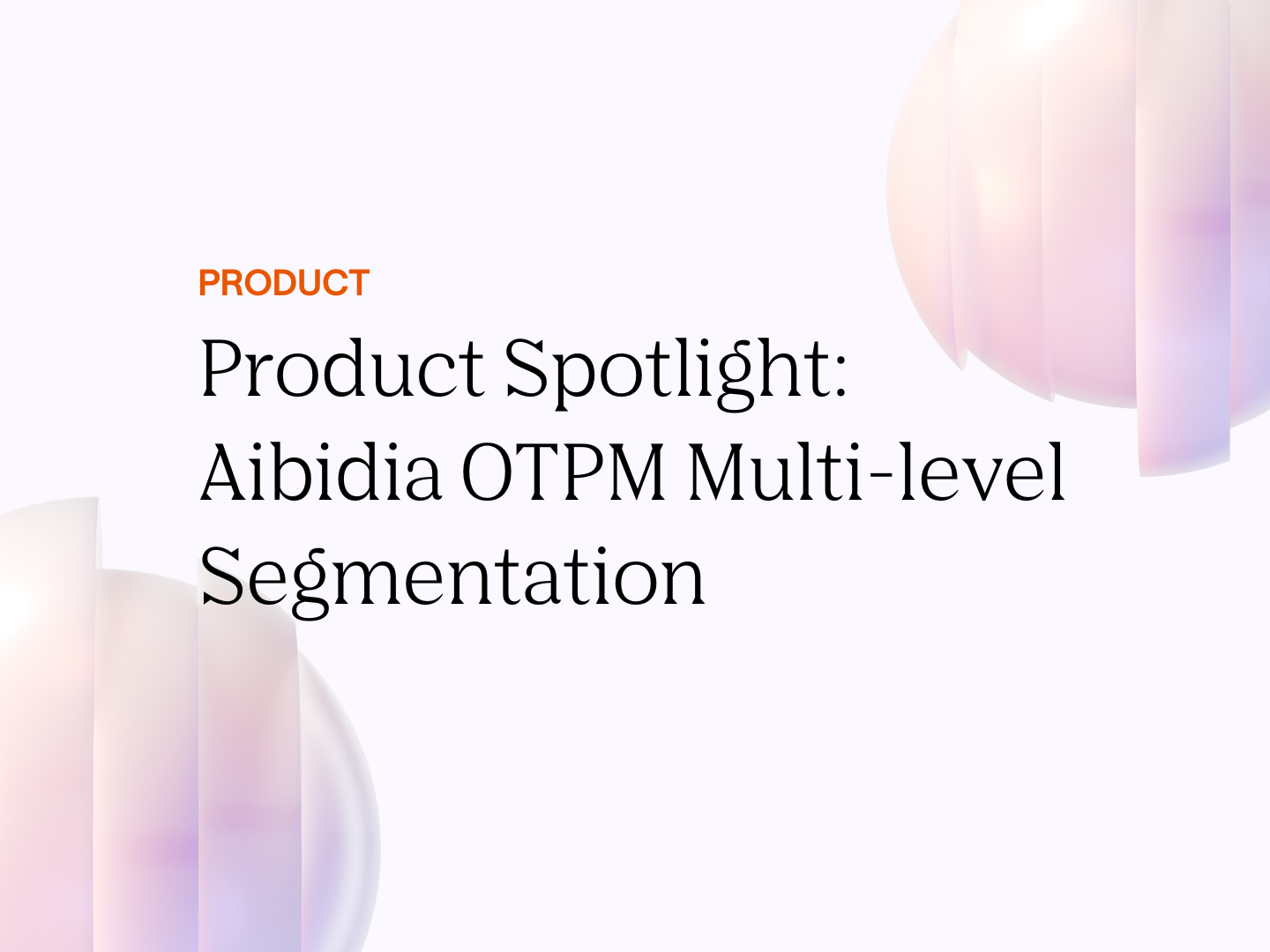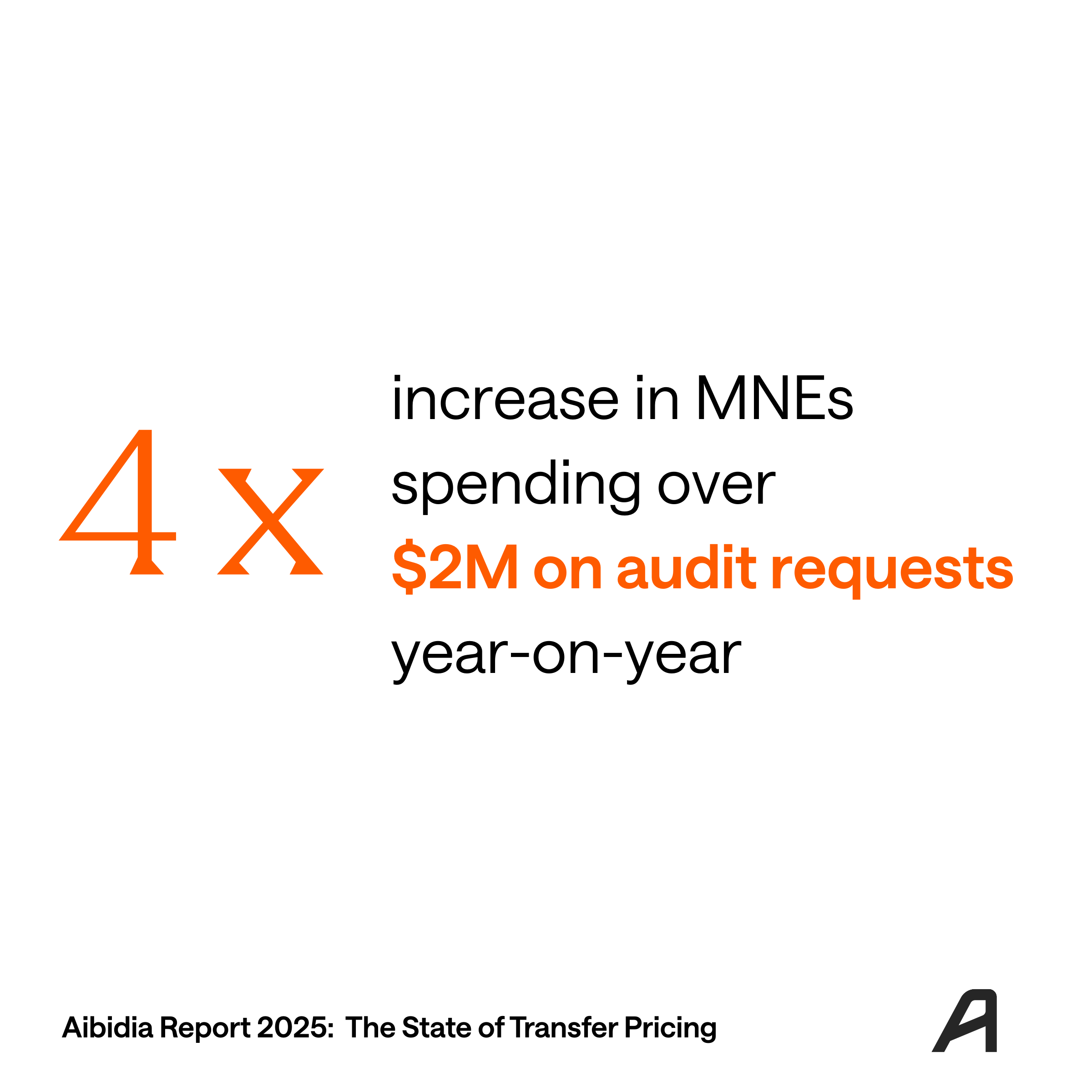Transfer pricing is not a new concept. It dates back to the 1960s when the US tax authorities issued the first comprehensive transfer pricing legislation. Since then, transfer pricing has evolved significantly due to changing business models, increased global competition, and pressure on corporate tax rates.
In today's complex and fast-paced business environment, getting transfer pricing right is more critical than ever.
It's not just about compliance and avoiding penalties anymore — it's about optimizing global tax liabilities, managing cash flows, and supporting business strategy.
This is where operational transfer pricing (OTP) comes in.
What is Operational Transfer Pricing (OTP)?
Put simply, OTP refers to the practice of accurately implementing transfer pricing policies in an MNE group's day-to-day financial and accounting operations. It's about ensuring that the agreed-upon policies translate into real-world financial outcomes that align with the arm's length standard.
Think of it as cooking a dish in a kitchen.
The transfer pricing policy is the recipe - it lays out the ingredients (inputs), the steps to follow, and the expected end result. OTP is the process of actually executing the recipe in the kitchen.
It's about making sure you use the right ingredients in the right quantities, follow the steps accurately, and end up with a dish that matches what the recipe intended.
Just as a chef needs to monitor the cooking process and make adjustments to ensure the final dish meets the desired standards, OTP involves continuously monitoring financial results and making necessary adjustments to keep outcomes in line with TP policies.
Understanding OTP through the Transfer Pricing Lifecycle
The transfer pricing lifecycle provides a helpful framework for understanding OTP. It includes policy setting, implementation, monitoring, adjustments, compliance, and audit defense.

OTP focuses primarily on the implementation stages - price setting, monitoring and adjustments:
- Price setting involves establishing transfer prices to be used between related parties based on the TP policy.
- Monitoring involves continuously tracking financial outcomes to ensure they align with policies.
- Adjustments are periodic true-ups made to ensure that results fall within an arm's length range.
Why is OTP Now More Relevant Than Ever?
OTP has always been important, but it's becoming increasingly critical in today's transfer pricing landscape. There are several reasons for this:
1. BEPS 1.0
The OECD's Base Erosion and Profit Shifting (BEPS) project, launched in 2015, introduced a wave of new transfer pricing documentation and reporting requirements. The BEPS Action 13 report established the three-tiered approach to TP documentation, consisting of the Master File, Local File, and Country-by-Country Report (CbCR). These new standards have greatly increased the compliance burden on MNEs and the scrutiny from tax authorities.
2. BEPS 2.0
The OECD/G20 Inclusive Framework is developing a new set of international tax reforms, commonly referred to as BEPS 2.0. These reforms, which include Pillar One (reallocation of taxing rights) and Pillar Two (global minimum tax), are expected to significantly impact transfer pricing.
Pillar One, in particular, will require MNEs to reallocate a portion of their global profits to market jurisdictions based on a formulaic approach. This will necessitate major changes to TP policies and processes. Effective OTP will be crucial for MNEs to navigate these changes and ensure compliance with the new rules.
3. Increased Tax Authority Scrutiny
Tax authorities worldwide are increasingly assertive in conducting transfer pricing audits and enforcement actions. They are using advanced data analytics tools to extract Country-by-Country Reporting (CbCR) and other TP data for risk assessment purposes.
They are also collaborating more through joint audits and sharing information. In this environment, having robust OTP processes in place is essential for MNEs to manage risks and defend their TP positions.
4. Operational Complexity
As MNEs expand globally and adopt new business models, their intercompany transactions are becoming more numerous and complex. Supply chains are becoming more integrated, digitalized, and dynamic.
Intangible assets and services are playing a larger role. All of this makes implementing and monitoring TP policies more challenging. Manual, ad hoc approaches to OTP are no longer sufficient.
In short, the transfer pricing world is becoming more complex, regulated, and data-driven.
OTP is no longer a nice-to-have - it's a must-have for MNEs that want to stay compliant, efficient, and agile in this new landscape.
The Role of Technology in OTP
In today's data-driven world, OTP is closely linked to technology. MNEs generate massive volumes of financial and operational data across multiple systems and entities. Manually collecting, consolidating, and analyzing this data for transfer pricing purposes is simply not feasible.
Historically, MNE ERP systems were designed for business segment reporting or financial reporting purposes. They often lack the data granularity and structure required for detailed transfer pricing analysis. As a result, tax teams frequently resort to manually reworking and manipulating data in spreadsheets, a cumbersome and error-prone process that is not well-suited for today's TP demands.
This is where technology comes in.
Advanced OTP solutions leverage powerful data integration capabilities to automatically extract, transform, and load relevant data from ERP and other source systems.
They create a centralized, standardized, and TP-specific data model that serves as the foundation for all downstream OTP processes.
With clean, structured data in place, OTP platforms can then apply sophisticated analytics and automation to monitor intercompany transactions, calculate arm's length prices, create invoice materials and produce audit-ready documentation. Real-time dashboards and alerts help tax teams stay on top of TP risks and opportunities.
In essence, technology enables MNEs to transition from a reactive, manual, and disjointed approach to OTP to a proactive, automated and integrated one. It is the key to achieving the visibility, control, and efficiency needed to thrive in today's transfer pricing landscape.
Conclusion
At its core, OTP is about enabling a data-driven approach to transfer pricing that provides transparency and control.
By bringing together system data in a centralized platform, applying automated analytics, and generating real-time dashboards, MNEs can proactively monitor and manage adherence to TP policies. Leading solutions go further by seamlessly connecting OTP with TP documentation, CbCR, and other compliance needs through an integrated digital approach.
Investing in operational transfer pricing like Aibidia Operational transfer pricing management (OTPM) solution is a crucial first step on this journey for forward-thinking multinationals seeking to transform transfer pricing from a reactive compliance exercise into a strategic value driver and competitive advantage.
Is your organization ready to make the leap from recipe to reality? Let's have a chat.







.png)

.png)

.png)
.png)






.svg)
